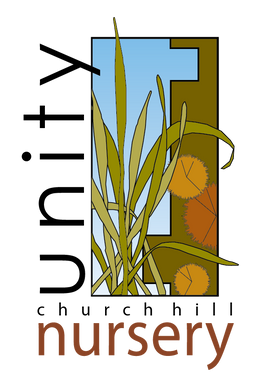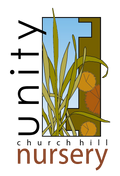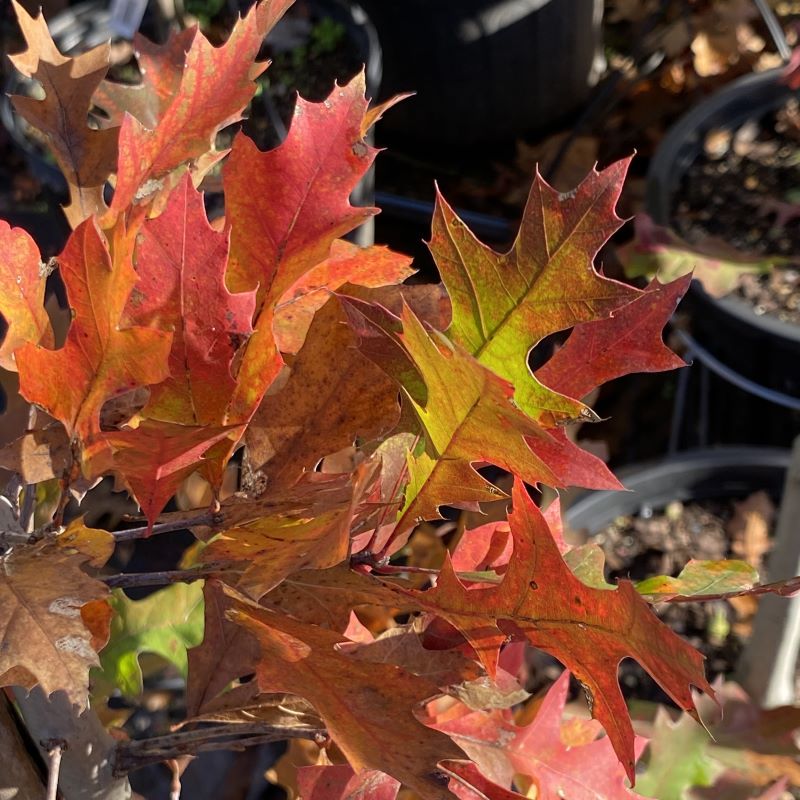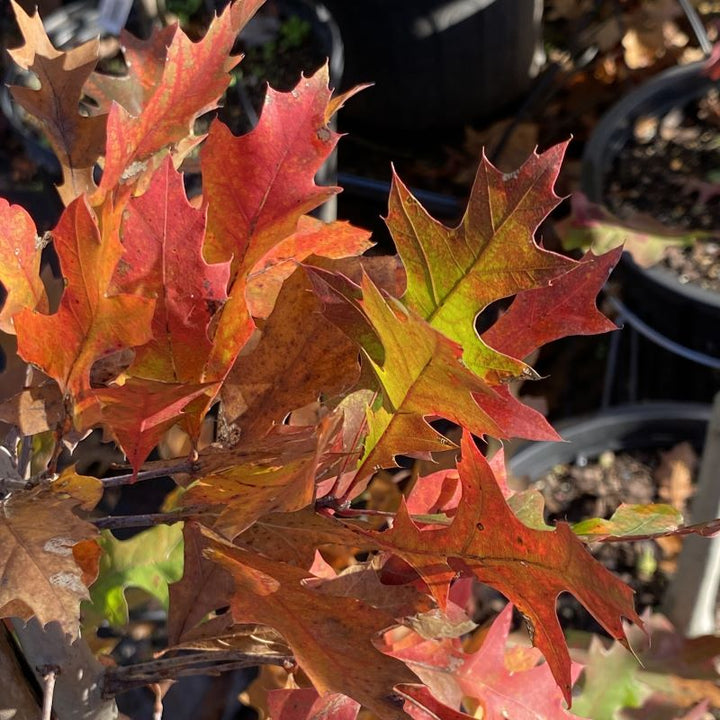Quercus texana (Quercus nuttallii - Nuttall Oak)
- Low stock - 8 items left
- Inventory on the way
Quercus texana, commonly called Nuttall oak and previously referred to as Quercus nuttallii, is a medium to large oak in the informal red oak group, which is named for the vibrant red hues of these trees' fall foliage. Nuttall oak is a fast grower, and can grow to a moderate height of 50-75' tall in yard or home garden settings, but may reach heights of up to 100-140' in the wild; Quercus texana has a much larger canopy spread than some other similar oaks, and a 75' tall tree can easily spread to a 60' diameter. As a member of the red oak group, Quercus texana is well known for its brilliant red to scarlet fall foliage, as well as its production of fairly average looking acorns; leaves are very similar to those of close relatives pin oak (Quercus palustris) and Shumard oak (Quercus shumardii), and is often confused for these trees or with Texas red oak (Quercus buckleyi) because of the similarity in names.
Nuttall oak is typically planted for shade purposes with its wide-spreading canopy, and has become very popular for this purpose as in parks and large yards, but pin oak can also work great for mitigation or rehabilitation purposes. Found in nature in wet, lowland areas, or in saturated clay soils near streams and rivers, Quercus texana has high tolerance of wet soil and occasional flooding, but also becomes tolerant of drought once established. Nuttall oak acorns are ecologically valuable to a large number of species, including small mammals and deer as well as a number of bird species, including wild turkey and scrub jays.
In addition to acorn value, many Quercus species are regarded as important keystone plants for their support of larval butterflies and moths, and Nuttall oak is no different, acting as a host to several species of hairstreak butterfly and duskywing moth.








